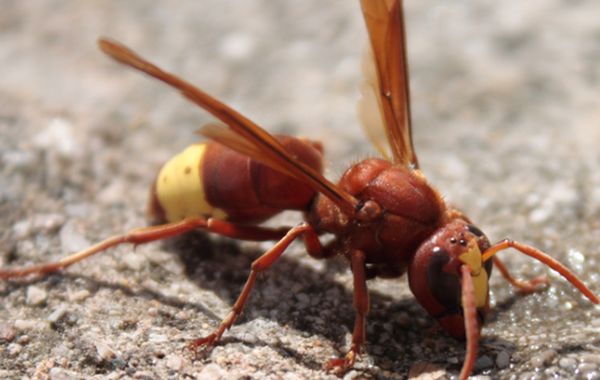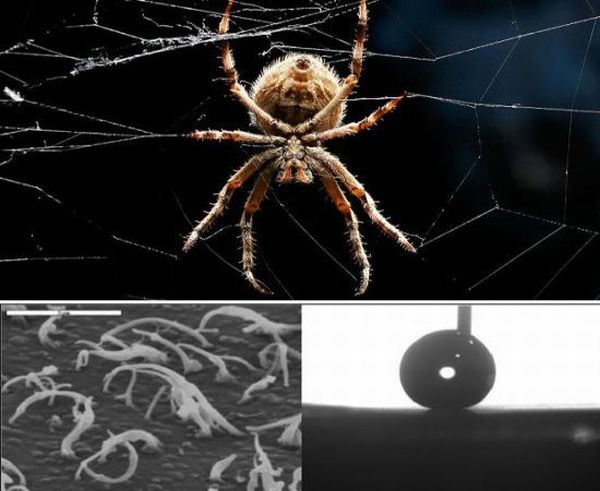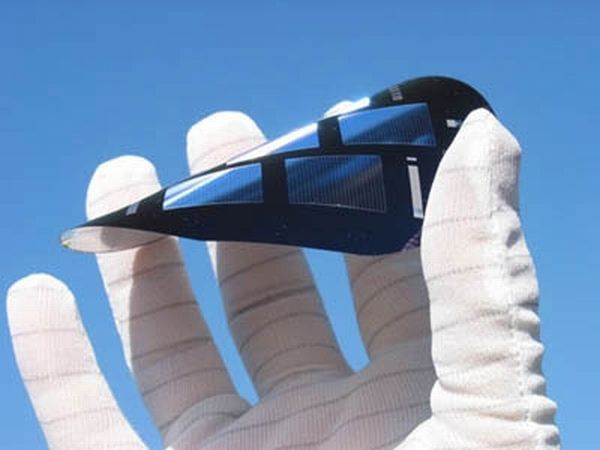Solar power: Green but inefficient
While green energy like solar power can be the answer to our power needs, there are certain hindrances to its success. First, it is expensive building the necessary equipment for harvesting the sun’s power. Next, sufficient land needs to be made available to set up a solar energy systems. Lastly, modern methods don’t allow for maximum harvesting of sunlight, which is why a lot of it goes to waste. These drawbacks pose a huge problem in attempts to replacing conventional energy with green sources. Considering solar energy systems cost about $45,000 each, most towns can’t afford to invest in them, as maximum benefits of this green energy source will be reaped only when several such systems will be installed. This is why the world still relies on conventional power even though fuel supplies are fast depleting.
Comparison with natural systems
Despite our technological advancements, we’re still far behind in our attempts to utilize green energy sources. Plants,in comparison to our man made systems can efficiently convert solar energy for their needs. Of the total solar radiation, plants have a photosynthetic efficiency of three to five percent. Sugarcane, on the other hand, has a much higher peak percentage at seven to eight percent. There are other plants that yield significantly high biofuel output, like oil palm, soybean, sunflower, safflower and castor. Of course, solar installations like photovoltaics do produce greater energy but compared to the cost of establishing, say, a plantation strictly for the purpose of harnessing biofuel, the returns aren’t sufficient. If we could draw inspiration from nature’s creations, our conventional solar energy systems could yield a much higher output.
Taking cues from nature
Fortunately, some inspiring individuals have done just that. Let’s take a look at their inventions that, if utilized on a large scale, could see our dependence on conventional power reduce substantially.
1. Solar Hornet

The proposer: Marian Plotkin of Tel Aviv University
A team of researchers at Tel Aviv University have stumbled upon a discovery: the shell of a hornet can convert sunlight into electricity. This bizarre ability of the Oriental hornet inspired the team, led by Marian Plotkin, to delve deep into the workings of the insect. Earlier, it was found that the Oriental hornet tends to work more actively when sunlight is intense, digging its underground nest during the afternoon while other wasps do so in the early morning. In 2008, a team of scientists decided to find out the reason behind the insect’s behavior, prompting them to discover the creature’s remarkable capability. Plotkin and her team found that the yellow and brown areas of the Oriental hornet’s body could absorb solar radiation while a pigment in the yellow part helped in photosynthesis.
Upon closer examination, it was found that the brown areas had an array of grooves capable of diverging sunlight while the yellow areas contained xanthopterin which can convert sunlight into electrical energy. The team, thus, constructed a solar cell containing xanthopterin and while their experiment was successful, the conversion rate was low as they weren’t able to exactly replicate the intricate grooves and pinholes found in the exoskeleton. Their next task will be to come up with a cell that closely matches the hornet’s amazing body and capability.
2. Biologically inspired design

The proposer: Massachusetts Institute of Technology
Researchers of Massachusetts Institute of Technology have taken inspiration from the face of a sunflower to harvest more solar power while reducing the carbon footprint generated when installing concentrated solar power systems. While most heliostats are arranged in concentric circles around a central tower, shadows are thrown across, reducing the ability of these heliostats to collect sufficient sunlight, thereby reducing the energy generated. However, MIT’s researchers found that if we were to mimic the face of a sunflower and arrange the heliostats in a parabolic spiral, about 16 percent of the carbon footprint could be reduced while sunlight collected could be increased and land space needed may be reduced. If successful, their findings could significantly reduce cost of operations which could amount to millions of dollars.
3. Self cleaning solar panels

The proposer: University of Florida
Researchers of University of Florida have mimicked the hair on a spider’s body to create self-cleaning solar panels that could greatly help in keeping their surfaces clean to harness maximum sunlight collection. The panels have a water phobic surface, much like that of a spider, to keep away water and grime. Also, when water hits the surface the panels carry dirt along, keeping them clean. This technology could further be used for windows and food packaging.
The benefits
Relying on nature’s masterful creations to draw inspiration for technology could see us making a lot of progress in green energy. Not only this, further observations could lead us to come up with inventions that will make for more sustainable living.




